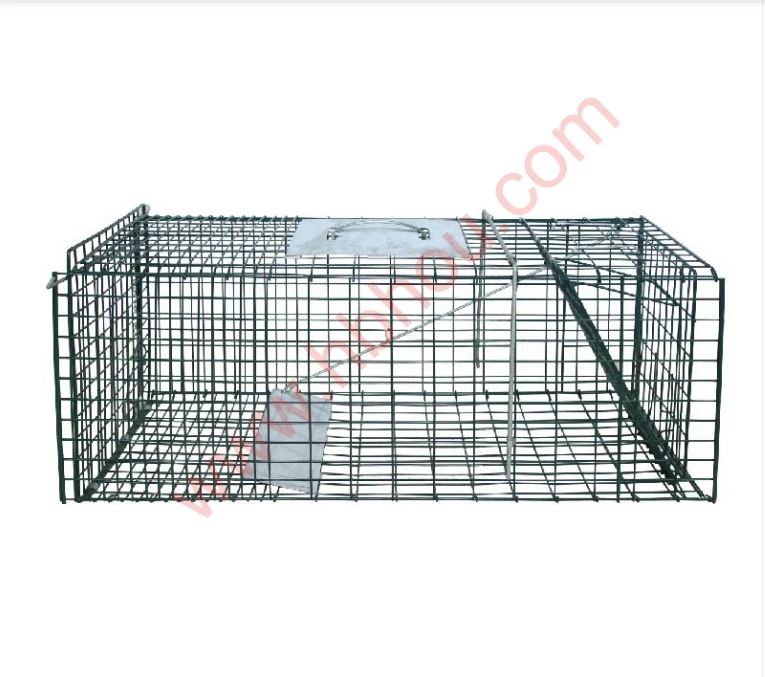Building a Gabion Garden Retaining Wall An Eco-Friendly Solution
A gabion garden retaining wall is not only an aesthetically pleasing addition to any landscape but also a practical solution for soil erosion, drainage issues, and garden landscaping. Gabions, which are wire mesh baskets filled with stones or other materials, have been used for centuries in civil engineering for their strength and durability. In recent years, they have gained popularity in residential settings, particularly in garden designs.
Why Choose Gabion Walls?
One of the primary benefits of gabion retaining walls is their eco-friendliness. The materials used in constructing these walls are often locally sourced, which reduces the carbon footprint associated with transportation. Furthermore, the gaps between the stones in the gabions allow for water drainage, minimizing pressure buildup and preventing erosion. This permeability is particularly beneficial in areas prone to heavy rainfall, where excess water can lead to serious landscape issues.
In addition to their environmental advantages, gabion walls are incredibly versatile. They can be constructed in various shapes and sizes, making them suitable for different garden layouts. Homeowners can opt for natural stones that blend seamlessly with their environment or select vibrant, colorful rocks to create a unique focal point in their garden. This versatility enables gardeners to express their personal style while maintaining functionality.
Installation Process
gabion garden retaining wall

Building a gabion retaining wall may seem daunting, but with proper planning and execution, it can be a manageable DIY project. First, it is essential to assess the area where the wall will be built. This involves determining the height and length of the wall and checking for any local zoning regulations that may apply.
Once the design is finalized, the foundation must be prepared by leveling the ground and ensuring proper drainage. This step is crucial as it prevents the wall from shifting or collapsing over time. Next, the gabion baskets are placed and filled with chosen stones. It is advisable to layer the stones carefully, using larger stones at the bottom for stability and smaller stones to fill any gaps.
After filling the gabion baskets, they are secured with hooks or ties to ensure they hold their shape and remain stable. Finally, the top of the wall can be finished with additional stones or any desired landscaping elements, such as plants or decorative features.
Conclusion
A gabion garden retaining wall is an innovative solution for homeowners looking to enhance their outdoor spaces while tackling practical landscaping challenges. Its eco-friendly nature, design versatility, and straightforward installation process make it an ideal choice for both DIY enthusiasts and professional landscapers. By incorporating a gabion wall into your garden, you can enjoy a beautiful and functional structure that complements your landscape while protecting it for years to come.
















